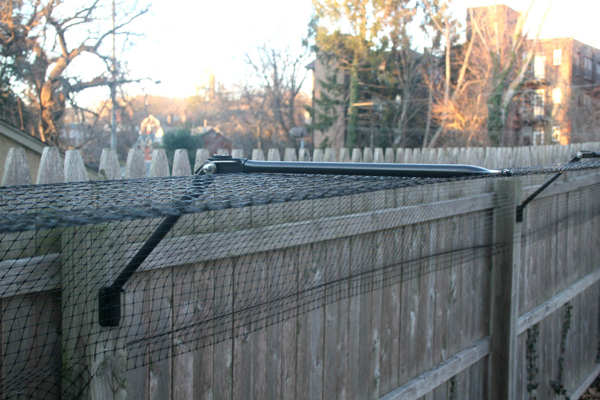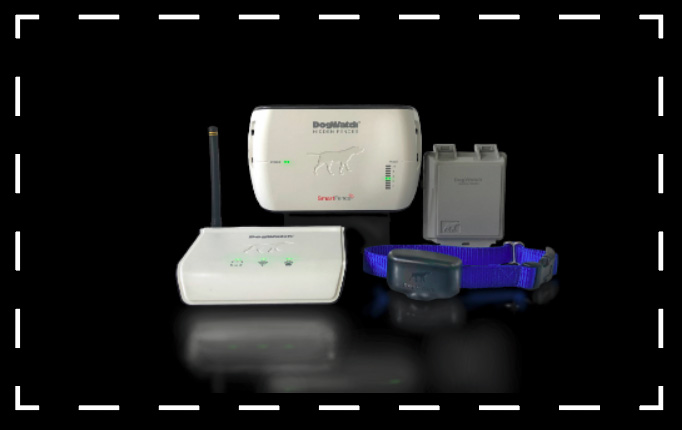When thinking about how big of a dog fence you need to keep your dog contained, the answer
seems fairly straightforward: big dogs need big dog fences and little dogs need little dog fences!
It seems fairly logical. Of course, the truth is a little more complicated as the pet owners of any
escape artist will tell you!
Dogs are clever and they can fairly quickly work out how to scale your dog fence, dig under your
pet fence or even squeeze through gaps in the pet fence. For example, big timber paling fences
usually have a rail along the middle of them for extra strength and stability. If you have a dog who likes
jumping fences, they will monopolise the rail and use it as a step or a launching point to scale
over the fence. Big exuberant dogs are especially adept at doing this.

Chain mesh fences also can be used by crafty dogs for footholds, often resembling a cat climbing over a fence.
Dogs also love digging. While they may often dig for bones, they can also dig their way under
almost any fence, regardless of how big the fence is. Most wooden and wire dog fences are
built without a cement footer or plinth. A determined digger can dig a hole big enough to
squeeze under a fence within a few hours. We have even seen cases of dogs digging
underneath a cement footer/brick fence in their desperation to escape. So clearly, many dogs
will find their way over or under large structural fences. Little dogs can easily find their way
through gaps in the fence, often injuring themselves in the process and resulting in hefty vet
bills.
So how should pet owners stop dogs from escaping?
The answer may lie in hidden or electronic fences. Hidden fences can be used in conjunction
with an existing dog fence structure or as a stand-alone product without the need for an existing
dog fence. If used in conjunction with an existing dog fence, they can simply be attached to the
pet fence – for example along the railing. If hidden fences are used as a stand-alone solution,
the wire to mark the perimeter is usually buried. The hidden fence provides an electronic
boundary. If the dog comes too close to the hidden fence it transmits a warning signal to a
receiver collar worn by the dog. This warning progresses from an audible signal to vibration and
then to a harmless electronic stimulation that serves to warn the dog they are getting too close
to the boundary. This system, used in conjunction with a training and conditioning program that
uses positive reinforcement to teach your dog about the parameters of the hidden fence system,
has been proven to be very effective in containing and retraining even the most expert escape
artist.
To see the hidden fence system in action watch this short video as reported on tv. It shows the
hidden fence system working as both a dog fence and a cat fence. There are many ways it can
be configured and used to deter your pet from leaving home.
If you are having trouble with a dog escaping from your yard, even with the biggest dog fence in
place, give the hidden fence system a try. We can help you with training and support to retrain
your precious pet.
Contact us about a dog fence installation


